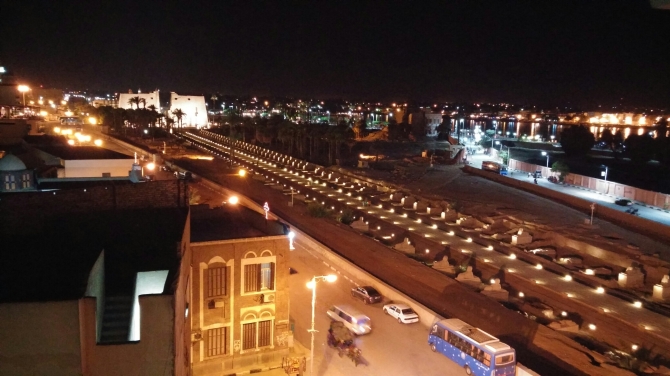Some days I feel like a dedicated Archaeologist.
It began with how we get to the site. Our usual route to the site is quite enjoyable, if you don’t mind a little jostling.The project has an awesome old land rover- ‘Shadida’ (which means strong (female) in Arabic).

There is no real road to and from the house, just a bumpy dirt track. We take this for about 2 Km in the opposite direction as the site in order to get to a place where we can cross the railroad tracks and get to the main road. On the way we pass a number of kids on their way to school who usually wave vigorously and shout ‘HelloHelloHelloHelloHello’, and occasionally ‘Whatsyourname’ or ‘MoneyMoney’. Once across the tracks we are on the comparably and thankfully smooth road toward the site. We pass some sort of furniture depot (some of which I was really contemplating trying to buy, but they were gone so fast).
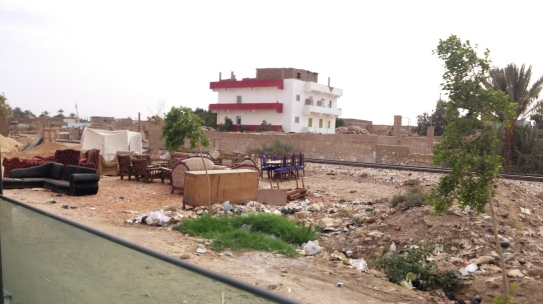
We also pass the phosphate plant, the Elkab rock cut tombs in the hills, and the site itself. After going some distance past the site itself we get to another spot where we can cross back over the tracks and get back on a bumpy dirt road back toward the site. This portion has a number of endearing landmarks.
First is roof dog who hangs out on a roof and runs back and forth barking and keeping an eye on his territory. Next we cross a little bridge, if it is not blocked by piles of sugar cane or a sugar cane truck.
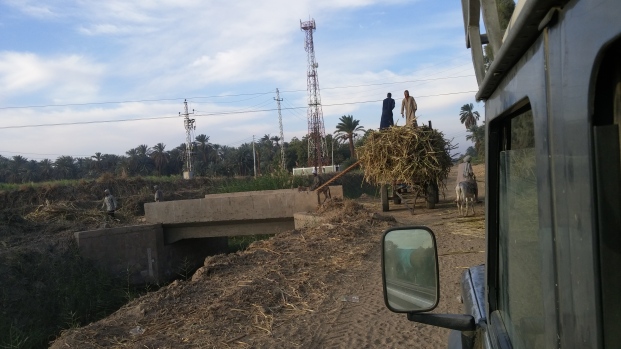
Then we pass a series of low mudbrick houses alongside a canal with their donkeys and dogs outside- these often remind me of ancient Egyptian style constructions, especially the reed fences packed with mud- Not to say that nothing has changed since then- but sometimes a construction style in a certain place just works.
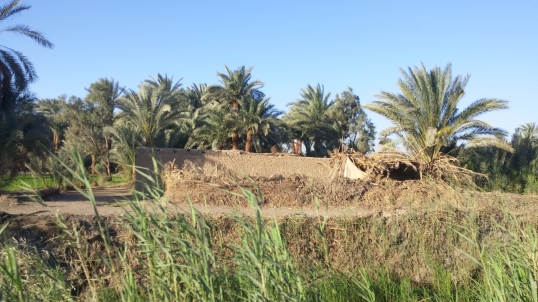

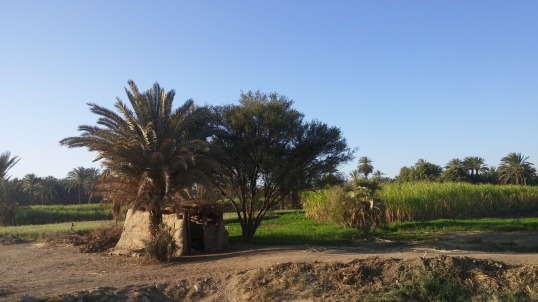
After these buildings we take a turn through some wheat fields where a Hoopoo bird lives, although I haven’t been able to catch the bird on camera.
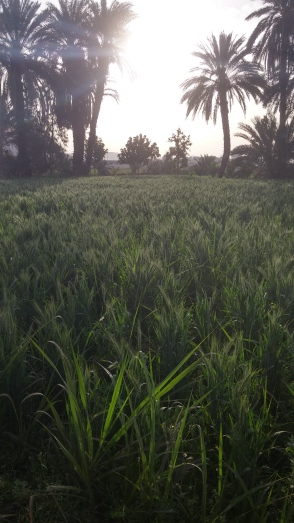
Just after the wheatfield is Pile-of-dirt-dog, who is much lazier than his rooftop counterpart, and is usually found reclining on top of a large pile of dirt, and barks at us but doesn’t disturb himself to move anything but his head. Pile of dirt dog is near a house with this creative brickwork design in the shape of a boat.

After another stretch of bumpy track we get to the village- passing this construction which I like because although it is built of brand-spanking new white limestone blocks they saved and re-used the beautiful wood doors.

Then it is on to baby donkey- who still presumably has a lot to learn since one day I say him chewing on the water container instead of drinking out of it.

After disturbing a few more dogs and donkeys that sometimes lie in our path, we arrive.
That is all on a normal day.
Yesterday, we made it about as far as the greeting school children, when Shadida suddenly gave a few desperate chugs and stopped.
The Mudir was driving, so Wouter, Anne and I piled out to attempt a push-start. First the Mudir wanted us to push it backwards– no luck. So then we tried pushing it forwards. (It was about this time that I started feeling a bit dedicated to getting to the site in order to try to get down to the Nagada layers.) As we were slowly pushing it forward inch by inch Dirk started telling us to go Faster! Faster! That’s when Wouter chimed in- “speed archaeology”, and I broke down laughing. Despite a few more attempts (including one with the parking brake on) we never got the car started. So we grabbed our bags, our baskets, the camera the level, and Walked up the road to hail a taxi.
Now as it turns out this was not the first time we had to taxi in to the site. The car also broke down last week- here we are waiting by the side of the road to hail a taxi at 6 am.
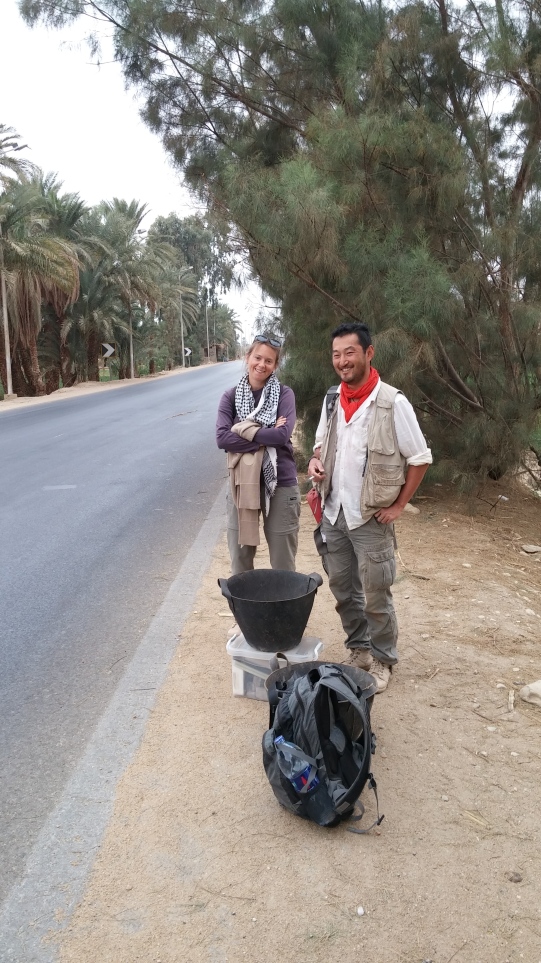
No one in Egypt is up at that hour, and the few who were were all going towards Edfu- the opposite direction as we needed to go.
Eventually we hailed a truck taxi- here is an example.
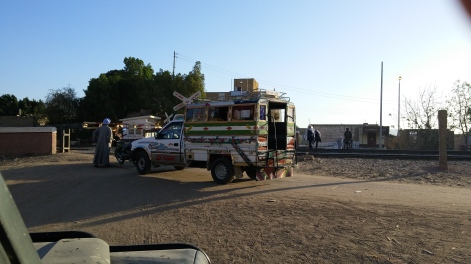
These are group taxis that have two parallel bench seats in the back, and are pretty narrow with Low roofs. Everyone always wants to sit close to the door because it is easier to get in and out, so the empty seats are always the farthest back. Here’s my selfie of Anne and I squashed in:
These truck taxis stop anywhere to pick up whoever is by the side of the road- after letting a few people on and off, a group of high school aged girls wanted to get on. The two teenage boys who were in the truck immediately jumped out to let the girls sit inside. On the back there is a railing and a foot board- so a few people can ride hanging on to the back, which is what the teenage boys did. My artistic and clandestine picture form inside the truck looking out.

Three people can hold on to the back relatively comfortably, but sometimes you see them with far more:
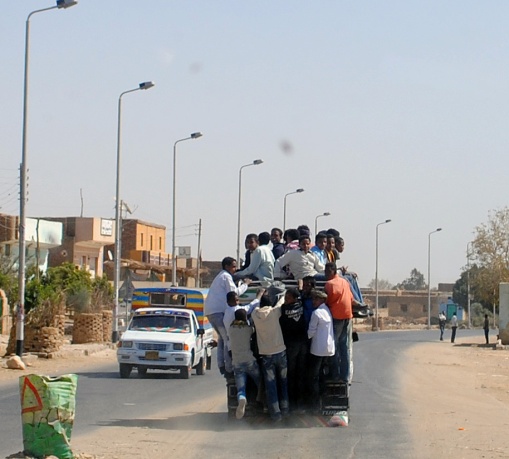
With all these school girls inside there was a bit of negotiation on the seating. Instead of having an even number of people on each bench and extra girl squeezed onto our bench so that none of them would have to sit touching Wouter- Foreign and male! And when the truck came to an abrupt halt causing the nearest girl to careen into Wouter her friends urgently grabbed for her to pull her back.
When we got close to the site we rang the buzzer and got out of the truck. Then we had to walk into the site. It is really a rather lovely walk through some of the farm fields. They are quiet and green and less dry- a peaceful oasis, little flowers grow along the tiny paths that cut through.

Last week when we were walking in We took a route that took us past the beautiful spot that is the ancient Quay. The route of the Nile has shifted since the settlement was originally built so now the Quay is partially in the water.
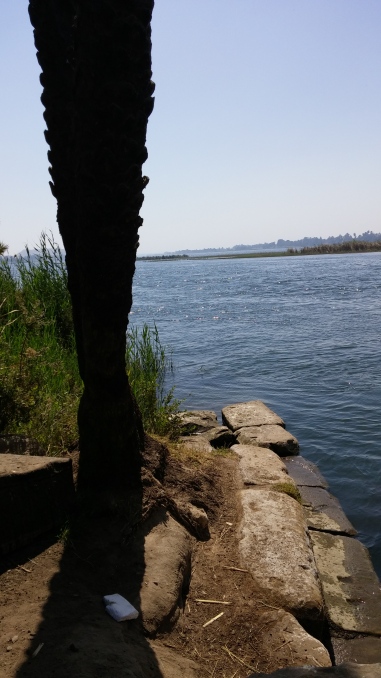
A pair of Nile monitors are known to live there. In case you don’t know what a Nile monitor is, here is a taxidermied one mounted on the wall of the Gufti house at Abydos.
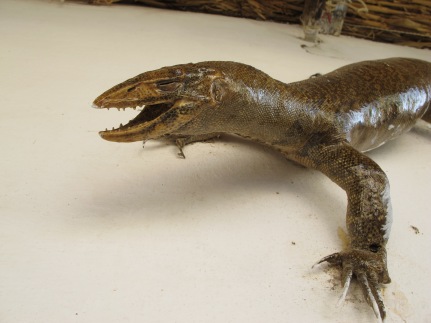
For the last week on our breakfast break I have been going back to the Quay to try to see them. I saw one once, in the water, but too quick to get a picture. It is a beautiful spot to eat (second) breakfast anyway.
Finally after this hike in, we arrived at the site.
This was all before we even got to work! And that is why I felt like a dedicated Archaeologist.
At the end of the day we had to do it all again in reverse. This time after a long hot day of work, and carrying baskets of pottery back with us. Dedication.
We got creative by the end- Sharing responsibility,

and using local methods.
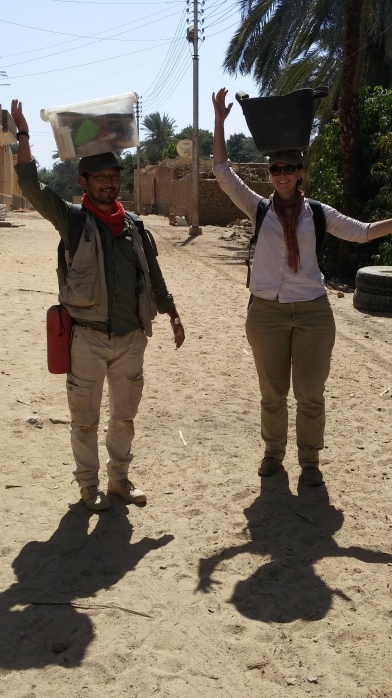
In the end we decided the Belgian Archaeological Project is the best- not only dedicated, but environmentally friendly and economically responsible, taking public transportation to work!

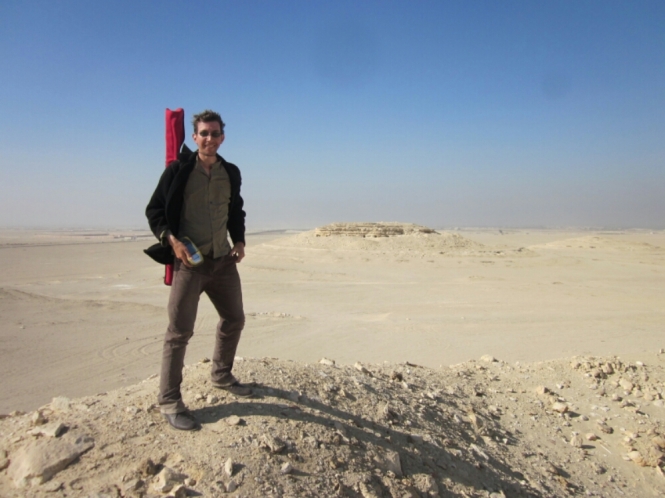
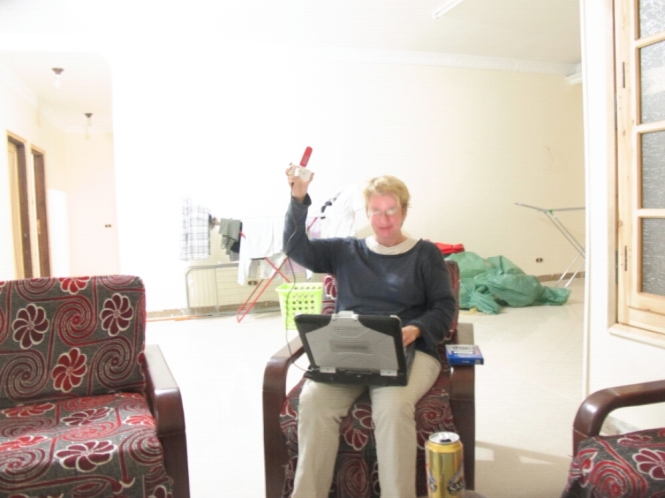






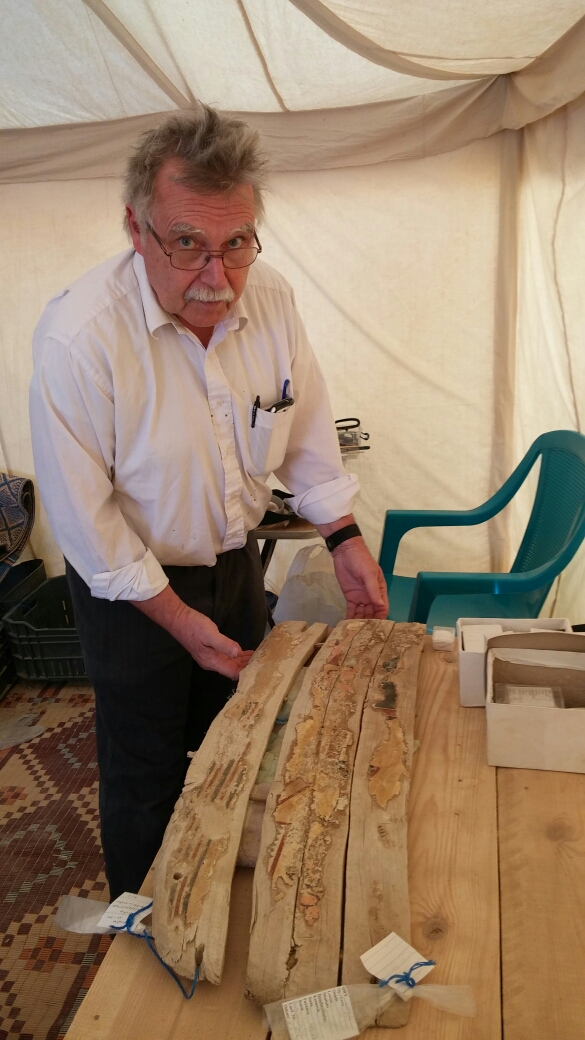



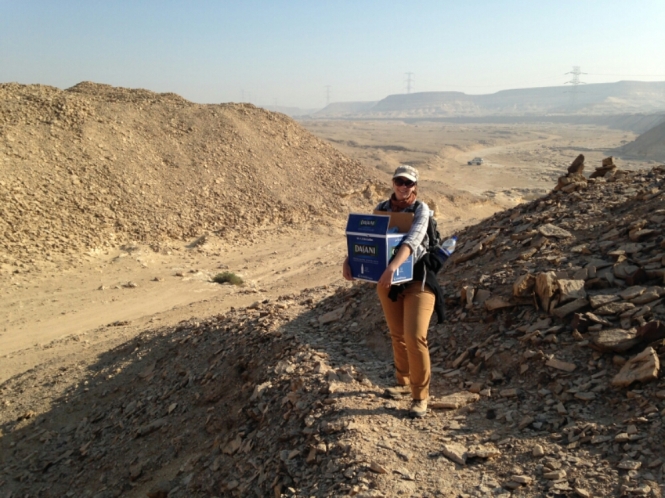




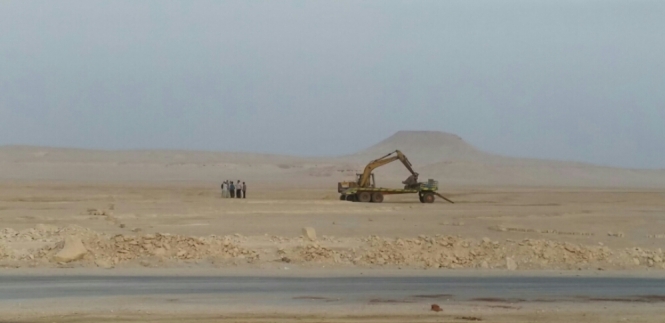
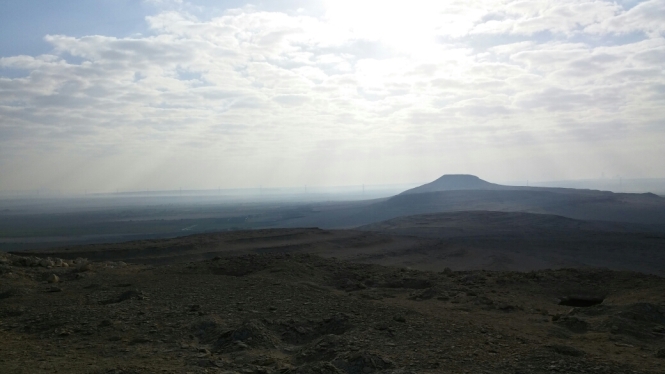



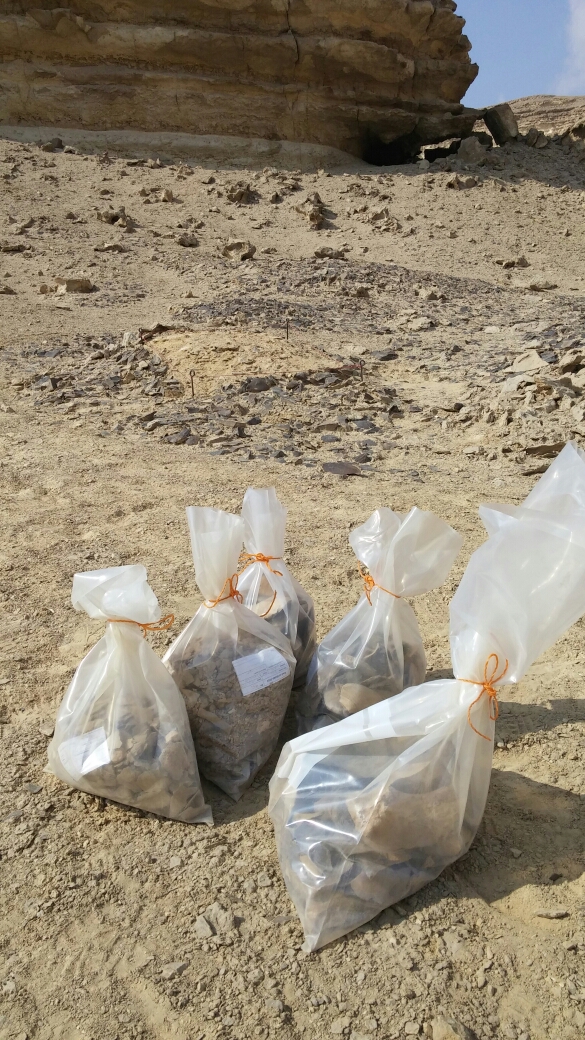





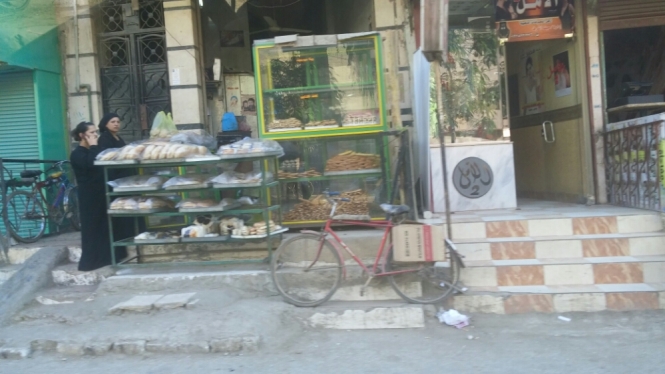
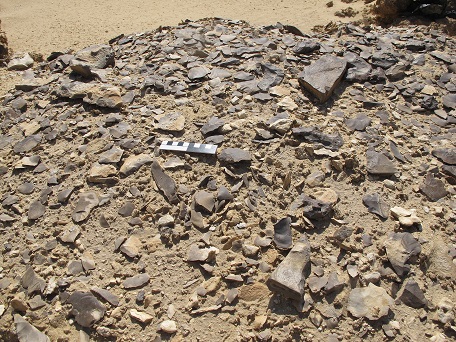





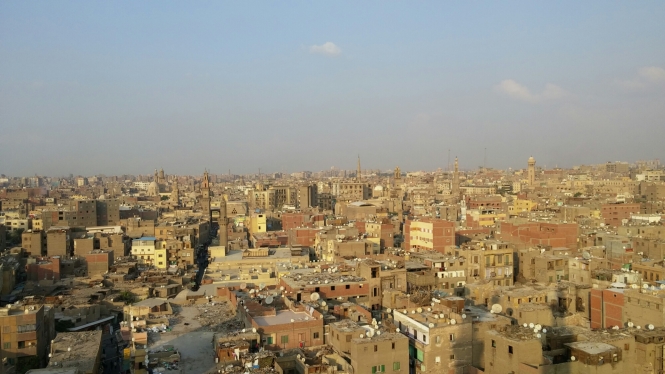
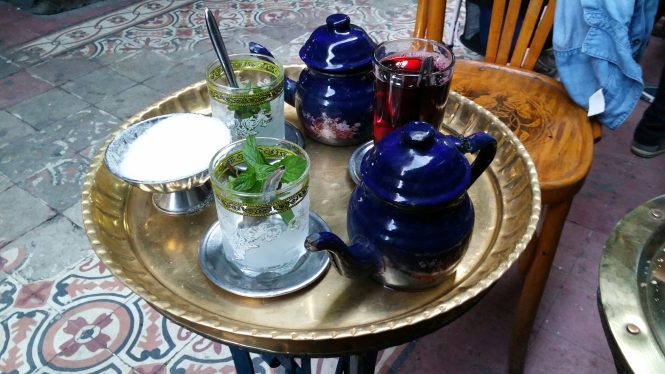
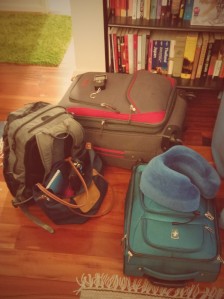

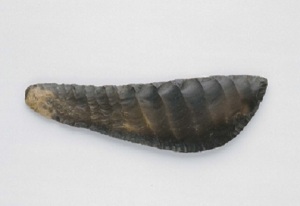
![IMG_0611[1]](https://narmeraha.files.wordpress.com/2015/03/img_06111.jpg?w=559&h=419)

![IMG_0615[1]](https://narmeraha.files.wordpress.com/2015/03/img_06151.jpg?w=456&h=342)
 The Nile
The Nile





